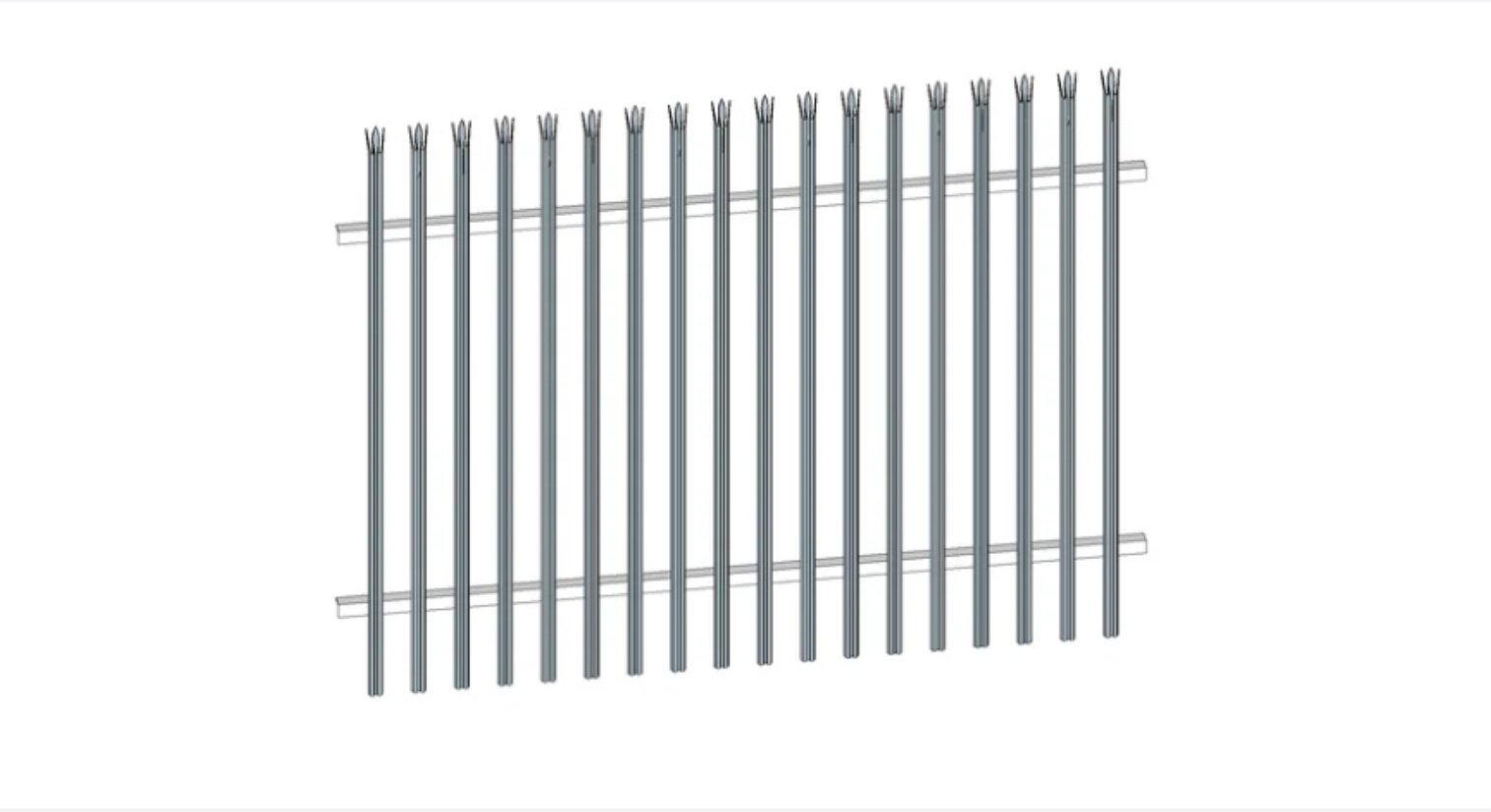Table of Contents
ToggleReliable Quality and Durability
Command fencing has gained recognition in engineering projects due to its exceptional quality and durability, primarily attributable to the high-strength raw materials utilized in its construction. At the core of these materials is high-strength steel, which offers superior mechanical properties compared to standard steel options. This enhances the overall performance and resilience of fencing structures, making them suitable for a wide range of applications.
One of the prominent features of high-strength steel is its excellent impact resistance. This characteristic plays a pivotal role in safeguarding projects from potential damage caused by extreme environmental conditions or physical impacts. Whether it is urban construction sites or rural landscaping, command fencing ensures the integrity of the structure over time, reducing the need for frequent repairs or replacements.
Moreover, command fencing exhibits outstanding corrosion resistance, a quality that is paramount for fencing solutions exposed to harsh weather. The advanced treatment processes applied to high-strength steel significantly minimize the likelihood of rust formation, thereby extending the lifespan of the fencing. Such durability is crucial, especially in coastal or humid regions where exposure to moisture can compromise standard fencing materials.
Wear resistance is another essential factor that underscores the advantages of command fencing. The materials employed are designed to withstand abrasion and physical wear, making them ideal for locations with high traffic or rough handling. This coupled with their adaptability to various environmental conditions ensures that command fencing can meet the demands of diverse engineering projects. Clients benefit from a reliable solution that does not only fulfill immediate fencing needs but also delivers long-term value, effectively positioning command fencing as a leader in engineering fencing applications.
Convenient Installation Process
One of the primary advantages of command fencing in engineering projects is its remarkably convenient installation process. The modular design of command fencing systems allows for seamless integration and quick assembly, which is particularly beneficial in fast-paced project environments. This modular structure typically features connections that either snap-fit or bolt together, simplifying the assembly process and reducing the need for specialized tools. As a result, project teams can effortlessly set up the fencing systems, which contributes to the overall efficiency of construction operations.
The time-saving benefits of this efficient installation cannot be overstated. In scenarios where deadlines are tight, the ability to quickly assemble command fencing can significantly impact project timelines. The straightforward nature of the installation leads to a more rapid workflow, enabling engineers and contractors to allocate their time and resources more effectively. This streamlined process not only allows for the completion of projects ahead of schedule but also provides flexibility in managing unexpected delays.
Moreover, the quick installation of command fencing positively influences labor costs. With the elimination of complicated assembly procedures, teams can minimize the amount of labor required to erect the fencing. This reduction not only lowers overall project expenses but also helps in reallocating workforce resources to other critical aspects of the project. Consequently, using command fencing can lead to substantial cost savings while maintaining project quality and safety standards.
In conclusion, the convenient installation process of command fencing serves as a key factor in enhancing the efficiency of engineering projects. The modular design, along with its simple connections, allows for rapid setup that can meet the demands of tight schedules while also optimizing labor expenditures. Such advantages make command fencing a preferred choice for many engineering applications.
High Customization Options
Command fencing offers remarkable customization capabilities, making it a preferred choice for a variety of engineering projects. This adaptability allows professionals to cater to specific requirements, thereby enhancing both the aesthetic and functional aspects of any undertaking. One of the primary advantages of command fencing is the ability to adjust fence height. Whether the project demands a tall fence for privacy and security or a shorter option to maintain visibility, command fencing can accommodate these specifications with ease.
Color is another prominent area of customization for command fencing. With a wide range of color options available, engineers can select shades that align with the overall design palette of their project. This feature is particularly beneficial for projects that require a uniform appearance or must blend seamlessly into the surrounding environment. Command fencing can help create a cohesive look that complements buildings, landscapes, and infrastructure.
Style and shape are equally important facets of customization in command fencing. From sleek modern designs to more traditional styles, the fencing can be tailored to reflect specific architectural themes or regional preferences. This flexibility allows project managers and architects to maintain a consistent design narrative throughout the development. Additionally, various shapes, including curves and angles, further enhance the adaptability of command fencing, enabling it to fit within unique geographical constraints or urban layouts.
Ultimately, the high customization options offered by command fencing ensure that each engineering project benefits from a fencing solution that not only meets practical needs but also enhances the visual quality of the entire project. By integrating customized elements, command fencing stands out as an essential component in the successful realization of engineering endeavors.
Enhanced Safety Performance and Low Maintenance Costs
Command fencing offers significant advantages in terms of safety performance, particularly in engineering projects that require rigorous safety standards. One of the standout features of command fencing is its design, which includes appropriate heights and rail spacing. These specifications are crucial for effectively minimizing the risks associated with accidental falls or over-runs. By establishing barriers at calculated heights, command fencing reduces opportunities for unauthorized access while safeguarding individuals from potential hazards in high-traffic work zones.
Furthermore, command fencing is particularly advantageous in high-security environments and public areas where safety often needs to be prioritized. The robust materials used in command fencing constructions, such as metal or composite materials, not only ensure structural integrity but also bring reliable safety guarantees that are paramount in these potentially dangerous settings. The design ensures that individuals are protected from both physical harm and security threats, making command fencing an ideal choice for various projects.
Another significant benefit of command fencing is its low maintenance costs. The durability of the materials utilized means that command fencing can withstand the wear and tear typical in demanding environments. Unlike traditional fencing options that may require frequent repairs or replacements, command fencing is designed for longevity, minimizing the need for costly upkeep. Additionally, the smooth surfaces of command fencing materials facilitate ease of cleaning, thereby reducing maintenance tasks. This combination of durability and cleanliness translates into substantial long-term cost savings for project managers, allowing them to allocate resources more efficiently.
In conclusion, the enhanced safety performance combined with low maintenance costs of command fencing makes it an optimal choice for engineering projects. Investing in this type of fencing not only protects individuals but also contributes to overall project efficiency and budget management.





